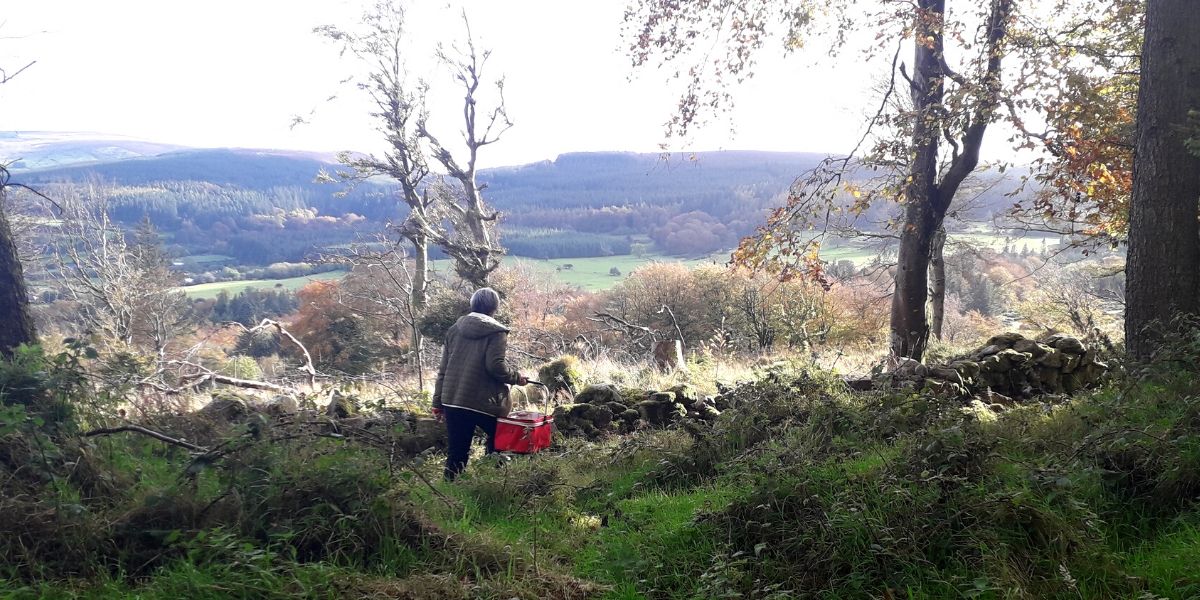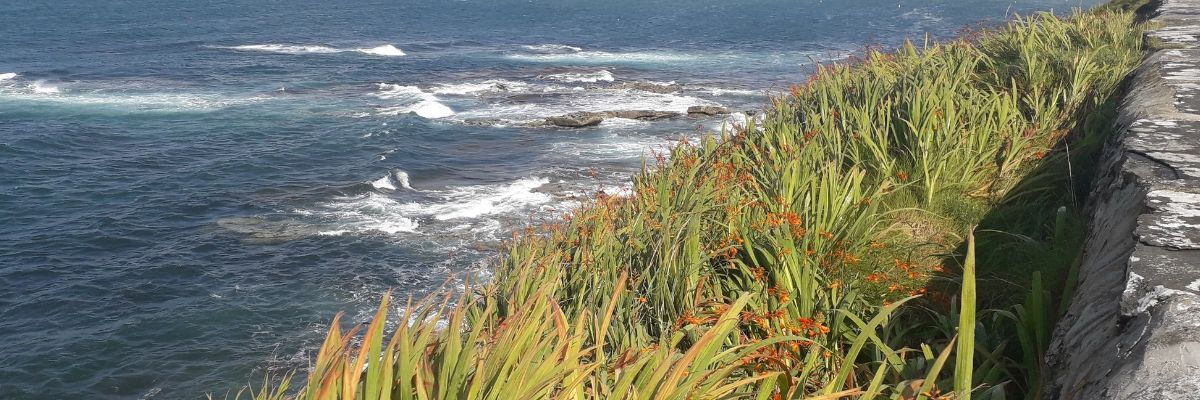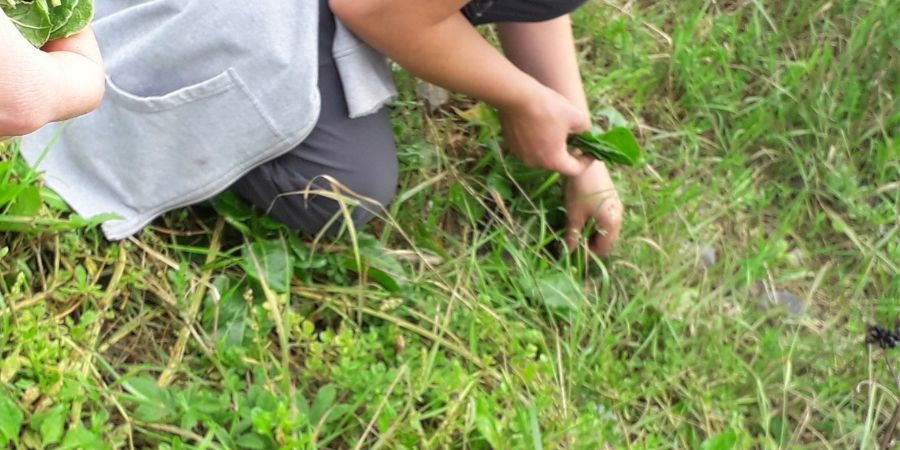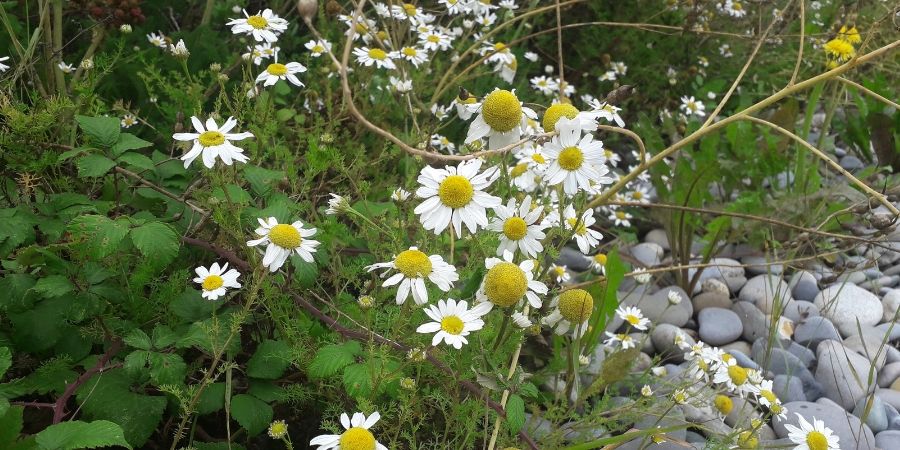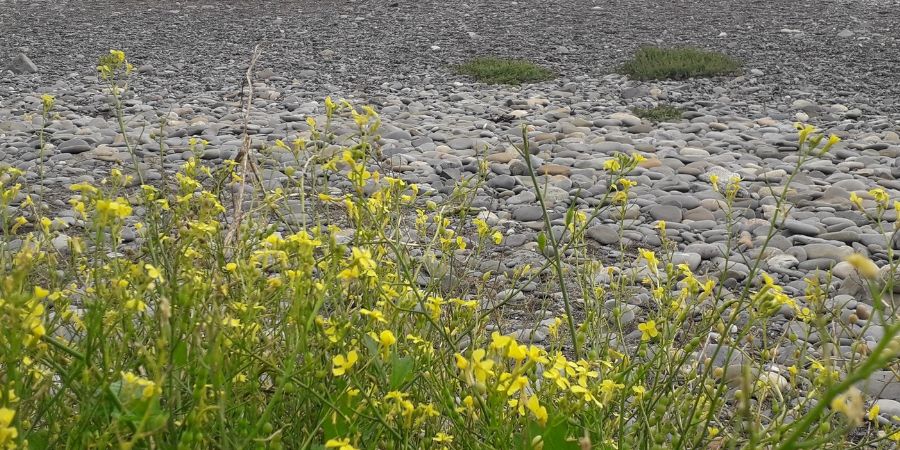Edible Invasive Plants and Biodiversity
As a keen forager, it is safe to say that I love all things wild food related, including the invasive species that climb onto, grow on and invade our native landscapes. When people see hear about my foraging adventures or join me for a trip outdoors, they are often worried if we are damaging the environment around us. I never claim to be an expert.
When it comes to wildlife, nobody is an expert. However, if you take the time to learn about the environment around you, the plants that grow in different seasons and the invasive plant species that are causing trouble than foraging for wild food and learning about the landscapes is the ideal way to brush up on your knowledge and avoid damaging the environment. If you would like to forage for wild foods go with somebody who knows their region, bring the right equipment and enjoy spending time outdoors.
I have been following fellow foragers and food enthusiasts for a long time now and there are a few that have increased their focus on invasive plant species. So what are invasive plants, how can we identify them and how can we use them in our everyday lives?
Invasive plants are introduced to their surroundings by foreign means and usually spreads generously around us. When they start to thrive they often cause harm to native eco-systems. Depending on your location you may be familiar with some non-native plant species. For instance, Japanese knotweed thrives in the woodlands and marshlands of Ireland.
Here are just a few common invasive species you can find in Ireland:
Zebra mussels
Zebra Mussels can cause changes in water cycles and impact on the native mussels we love and the fish stocks. These guys originally come from Russia and the Ukraine. Many people won’t eat these mussels as they pick up pollutants easily. However, so does all shellfish so more research is needed here and they are used by chefs in some parts of the world.
Sea Buckthorn
One of the hardest to pick but the sweetest taste if you can manage the picking. We finds lots of these berries spiking from their branches along the east coast shores of Ireland. Full of anti-oxidents and Vitamin C, this berry hangs around the shorelines of the UK, Ireland, Scotland and Wales. These guys are considered an invasive species so pick away.
Japanese Knotweed
It is highly likely that you have heard of or seen this invasive plant in a park nearby or even your neighbours garden. It was first brought to Europe in the mid 19th century by a botanist. Japanese Knotweed grows at an incredible rate and is capable of significantly damaging properties as it can squeeze through gaps of concrete.
There are three methods that are commonly recommended for helping to prevent the spread of Japanese knotweed. You can either spray it with chemicals that will eventually damage the environment around the plant, you can choose to bury it so deep that the plant is prevented from growing up out of the ground again or you can burn it. A less known method for getting rid of this disturbing plant is eating it. Yes, knotweed is edible and tastes similar to rhubarb, maybe a little more sour in taste. Not all parts of the plant are edible. Eat the shoots in springtime before they get hard. Enjoy them in dessert dishes and experiments.
Chickweed
Chickweed is a commonly foraged plant in Europe and it is native to the region. It can be varied in appearance but once you identify as area of it you will see it appear in the same place each year. It’s oval shaped leaves grow in pairs and it is abundant in Springtime. Best eaten fresh and raw, it has a mild flavour. It is considered an invasive species and often plagues land owners in North America. Instead of tackling it with pesticides, try picking some for your salads.
Garlic Mustard
Considered an invasive herb in the US it can be found in forests and the edges of woodlands throughout the world. If you are based in the US or Canada than please feel free to go on the ultimate picking spree with this tasty plant. It takes over woodland spaecs and blocks the light and water resources from nature species. It grows on roadsides, forest edges and open forest floors. The young stems and leaves are delicious. They can be steamed with other vegetables to add a garlic mustard flavour or cut them up to add them to soups and salads. Garlic mustard pesto and hummus are great recipes too. Treat your dinner guests to a special dip with their chips.
Hairy Bittercress
This is a popular member of the mustard family and well known by foragers around the world. Tiny white flowers develop at the tip of the stems. The leaves and seeds are popular additions to salads and stir fry dishes. It is a welcome peppery flavour. Bittercress likes open, disturbed spaces and you will often find it popping up near the garden or along pathways. Like a lot of edible green weeds, the leaves from hairy bittercress wilt quickly so it is best to consume it fresh.
Purslane
This sweet wild treat comes into its own in the summer months. It contains fatty acids and vitamin E. It is known to help treat digestive and urinary issues. Purslane has thick purple stems. You will notice the small yellow flowers that sprout from the tips of the plant. It is an invasive plant in North America and had been used in traditional dishes and salads in the 18th century.
Feel free to have a listen to this short invasive rant here!
Learn more about Invasive plants on one of our foraging adventures.


